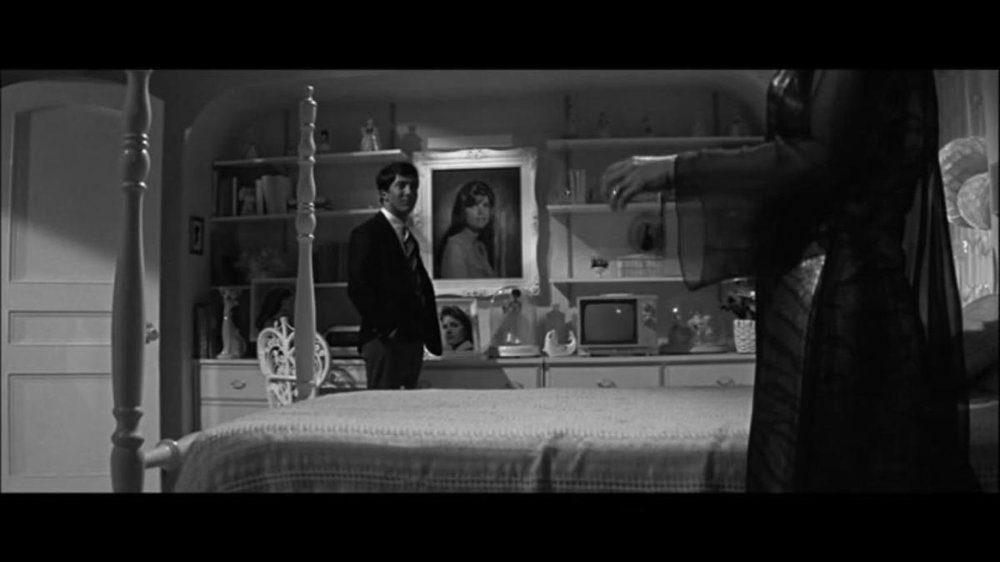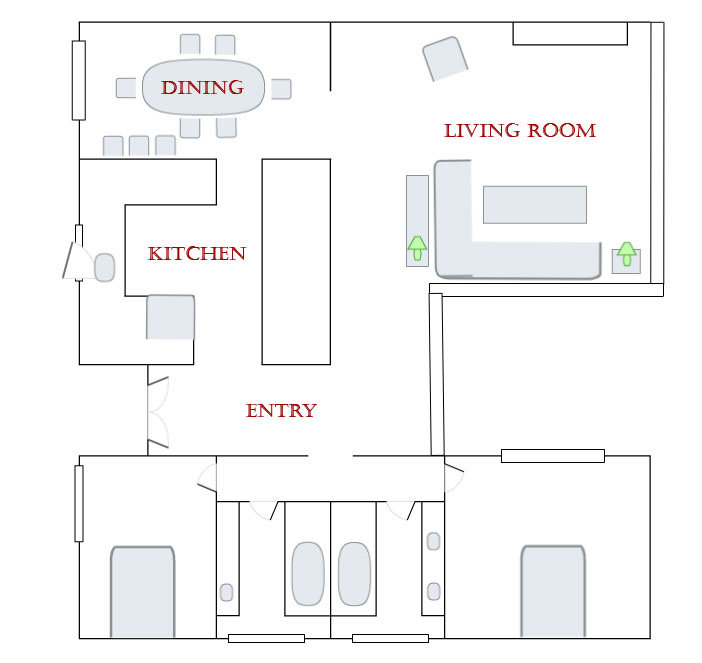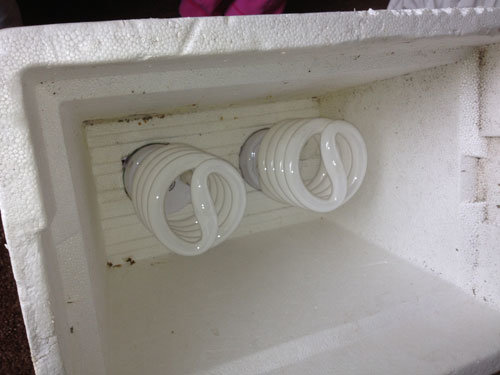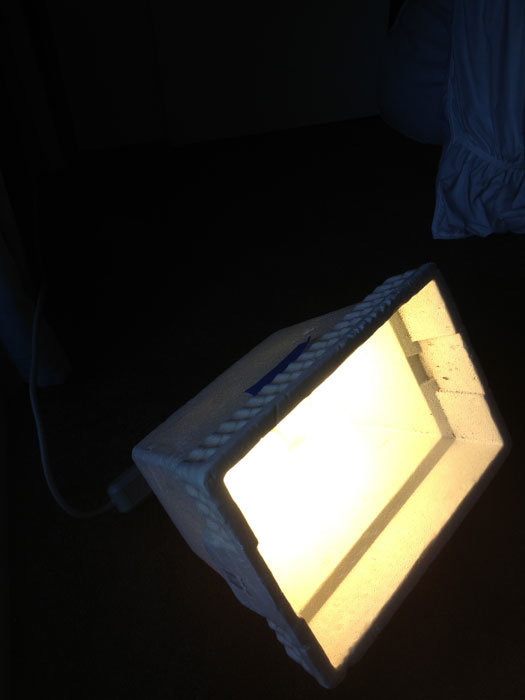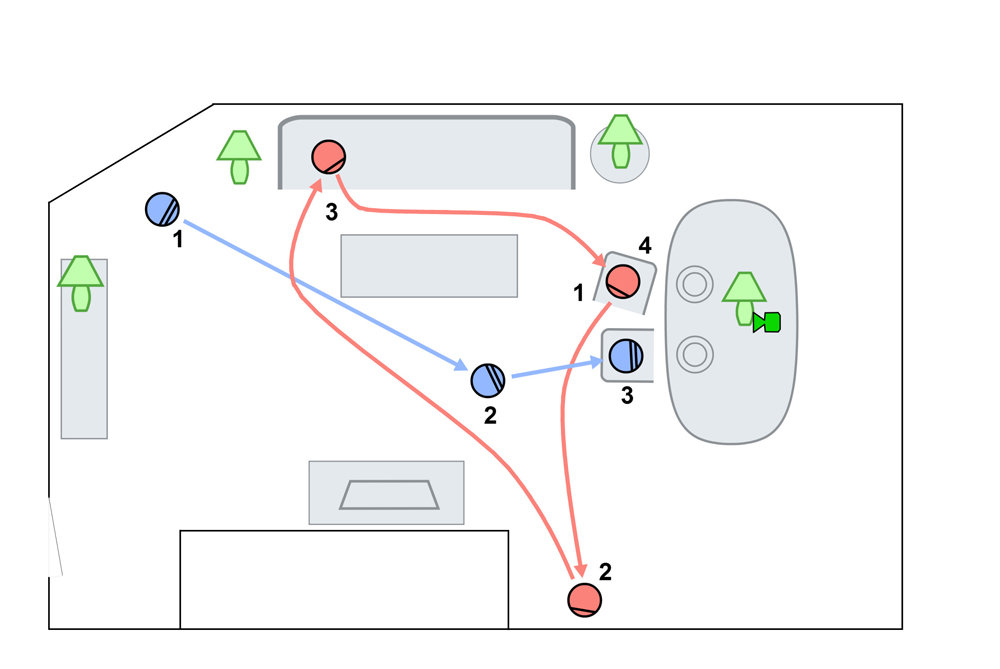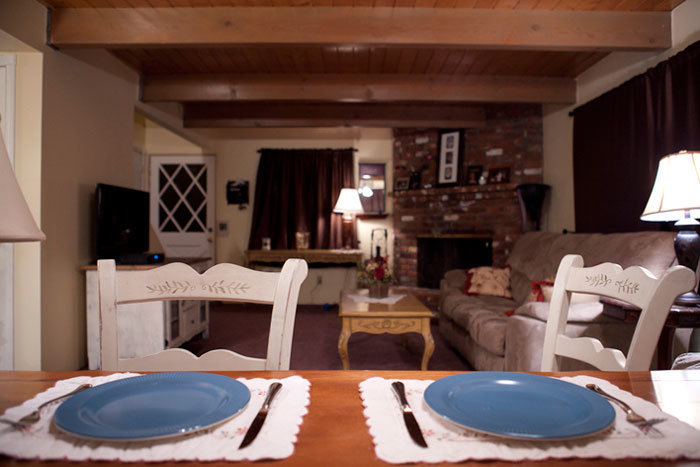-
Posts
15 -
Joined
-
Last visited
Profile Information
-
Occupation
Director
-
Location
Los Angeles, CA
-
My Gear
5Dii
-

360 degree pan in precisely 48 seconds. How?
Eric Novakovich replied to Eric Novakovich's topic in Camera Operating & Gear
I noticed that no one has addressed the time lapse head. Is this because it will not work? -

360 degree pan in precisely 48 seconds. How?
Eric Novakovich replied to Eric Novakovich's topic in Camera Operating & Gear
MOS -

360 degree pan in precisely 48 seconds. How?
Eric Novakovich replied to Eric Novakovich's topic in Camera Operating & Gear
Yes the shot contains actors that need to be "alive" I.e. blinking, slight movements of the head. -
I am trying to figure out a way to execute a shot that requires completing a 360 degree revolution in 48 seconds, EXACTLY. Why exactly? Well, because I have a 48 second pre-recorded cue and the move is choreographed to fit the cue. I am on a tight budget and schedule (aren't we all) and don't have the luxury of spending several hours trying to complete this movement manually. How can one accomplish this with precision in a time-efficient manner? I was thinking that perhaps one of those time-lapse heads would work if I could input the time (i.e. 48 seconds) and degrees (360°). I am using a Black Magic 4K. Any suggestions would be appreciated!
-
I am trying to figure out a way to execute a shot that requires completing a 360 degree revolution in 48 seconds, EXACTLY. Why exactly? Well, because I have a 48 second pre-recorded cue and the move is choreographed to fit the cue. I am on a tight budget and schedule (aren't we all) and don't have the luxury of spending several hours trying to complete this movement manually. How can one accomplish this with precision in a time-efficient manner? I was thinking that perhaps one of those time-lapse heads would work if I could input the time (i.e. 48 seconds) and degrees (360°). I am using a Black Magic 4K. Any suggestions would be appreciated!
-

Lighting a Living Room
Eric Novakovich replied to Eric Novakovich's topic in Lighting for Film & Video
That one reflector, a 4x4 piece of beadboard, was not bouncing light onto the walls but fill light into the talent. A 650W tweenie (the light on the gird) bounced into the soft side of a piece of bead board will drop off so rapidly that not much of it would reach the back wall. It is worth noting that in all the sample productions provided above (with the exception of the Miller's Crossing frame grab) were white rooms. So, you see that you can create contrast in white rooms if you place your heads properly. Got it. So, I'm looking at the photo still trying to figure out how you lit the walls. Would you mind providing a bit more on that? I realize each situation will require a somewhat different treatment. Just want to to know where to start. -

Lighting a Living Room
Eric Novakovich replied to Eric Novakovich's topic in Lighting for Film & Video
Wow! What a wealth of info! Guy, thanks a lot! You say not to aim the lights directly at the walls. According to what I can see on the photo you've provided for the Bose spot it looks like you have your lights pointed at some kind of reflector which is bouncing the light onto the walls. Is that right? I -

Lighting a Living Room
Eric Novakovich replied to Eric Novakovich's topic in Lighting for Film & Video
Thank you all for your responses! Can someone tell me what this means in practical terms? What is a simple push from one side? How do I "neg everything else?" -
Hi - A few months ago, I posted a question about a location I had to light. I had little info to go on. Now, I have a specific question for you guys... First, a disclaimer. :) I'm confident in my ability to light the actors. However, I'm not so confident when it comes to lighting sets. I've searched this site and the Internet using keyphrases such as, "how to light a film set" etc but there seems to be little information on this. Most tutorials are geared towards lighting actors. Maybe I'm using the wrong keywords? Anyway, I have to light this living room (see map below). The director wants the living room to be lit similar to this still from The Graduate (see below). Everything in our living room, the walls, ceiling, furniture, decor, is white, or close to it. We are shooting in black and white using deep stops (T8-T11). I have to put together the budget on the lights and I'm trying to figure out which lights to rent and how many I need to achieve this look. The graphic below is an overhead of the living room. Not knowing how they lit these sets back then, I am planning on building a grid on the ceiling to affix the lights (2K fresnels-to achieve a classic look). I figure then I can shine them down on the walls. Am I right in assuming the following lighting scheme will work with our deep stops? Is there a cheaper, more efficient way to light this that will still give me a classic look? Thank you!
-

"All-purpose lighting package?"
Eric Novakovich replied to Eric Novakovich's topic in General Discussion
$2500 for 1 week of shooting. -
Have any of you ever had a gig where you were unable to see the location until the day of the shoot, had only a nominal idea of what the director wanted with regard to the look of the film, and were forced to choose sort of an "all-purpose lighting package" from Mole-Richardson? If so, which one would you choose to light the set below based on the following criteria: 1) Black & White 2) See sample shots below for look... 3) In the layout of the location/set pictured below, the living room, kitchen, dining room, and entry all need to be lit for long takes that dolly in and out of rooms. The exterior will also need to be lit only to the extent that lights can be seen coming in through the windows.
-
Thank you all for your prompt responses. Adrian thanks for the offer. Very kind. I believe the shot above was taken using the camera's auto settings so I'm not sure what ISO etc. I included it simply to give an idea of the space, not as a reference for the lighting or look. However, when I was lighting I was shooting at 1600 ISO on a Canon 24mm-70mm zoom at 24mm, f2.8 (even at 2.8, it was underexposed by a stop or so), 24p, shutter 50. I want more of a spiritual look, you might say, with a good contrast. I thought shooting a night interior lit by warm practicals would lend itself to this. David, I'm going to try your suggestion with the work lamp. Adrian, I was wondering how I could light for ambience using DIY lights. I don't own any pro lights and have $0 budget. I do own some worklamps and unbleached Muslin and foam core. I see where Deakins and others use a Redhead bounced of Muslin to augment their night interiors. What would you use a DIY alternative? Some guy had a DIY light tutorial on Youtube showing how to build a DIY softbox out of one of those little white Styrofoam Igloo ice chests and a couple of powerful fluorescents. I constructed one (see attached) and the light looked a sickly green! I'd thought of altering this to include a couple rows of powerful bulbs or even halogens, almost like an eggcrate, put on a dimmer and then bouncing off of the unbleached Musilin or foamcore. Maybe a few of those would help get to a deeper stop? What do you guys think? What would you use as bulbs? I don't own a 7D but I do own a T3i which, correct me if I'm wrong, possesses a cropped frame sensor similar to the 7D's. Would this be a viable alternative? Or is the T3i sensor so inferior so as to make it unusable, period?
-
The scene below involves deep staged blocking (which I've attached so you can see each mark the practicals must light) and I want to shoot it in deep focus, a la Citizen Kane. I prefer natural lighting like Kubrick and Roger Deakins frequently showcase. I've read where Citizen Kane was shot using between an f8-f16 stop. I'm wondering if it's possible to light the actors in this scene with these kind of deep stops using only the practicals I've depicted below, in conjunction with bounces etc . I'm using a 5d ii. The practicals are equipped with bulbs ranging from 60W-100W. I couldn't get my ap less than f5 and the whole image went black! How would you guys accomplish this task? (The second JPG is showing the frame. I had to shoot this wide open 2.8 on 24mm)



